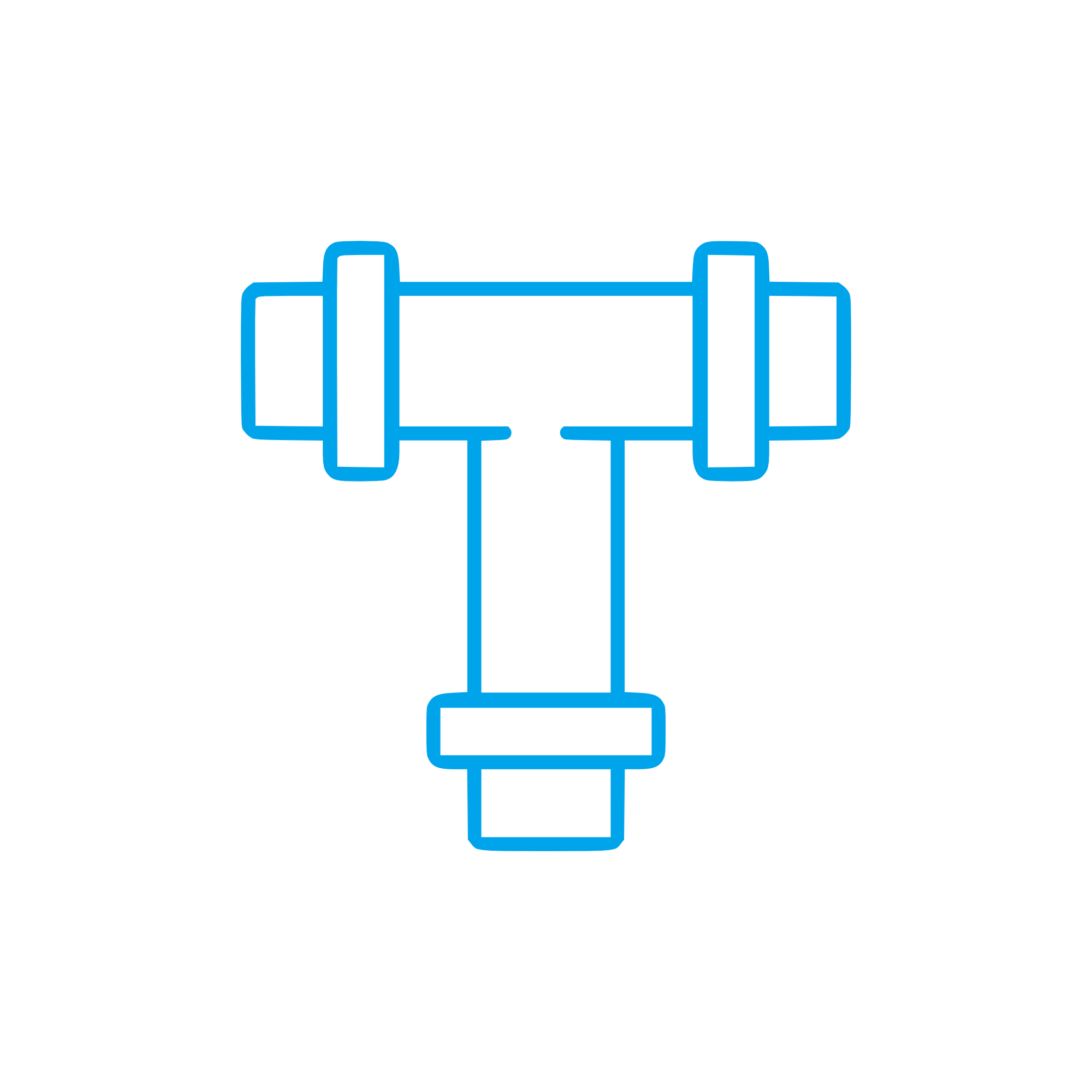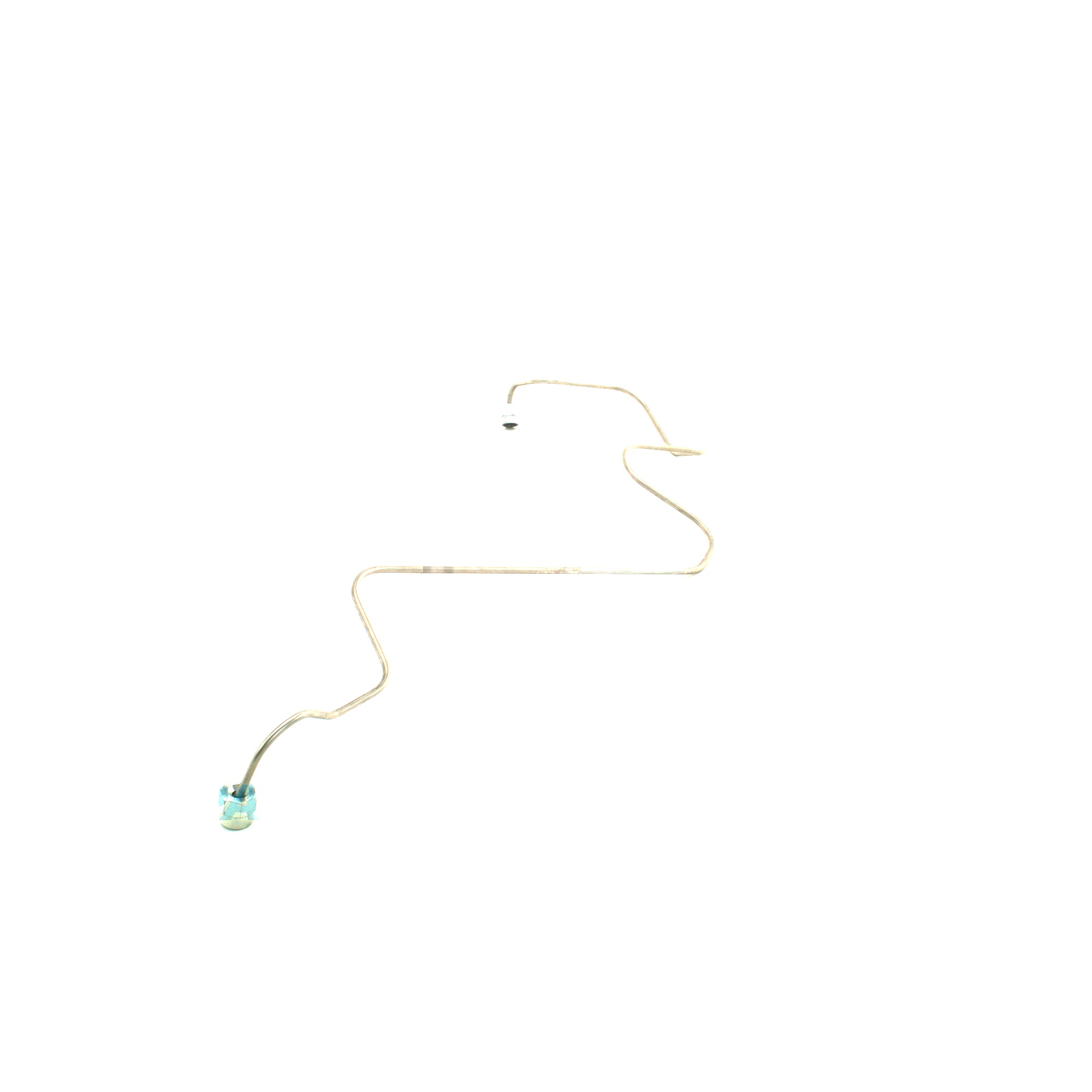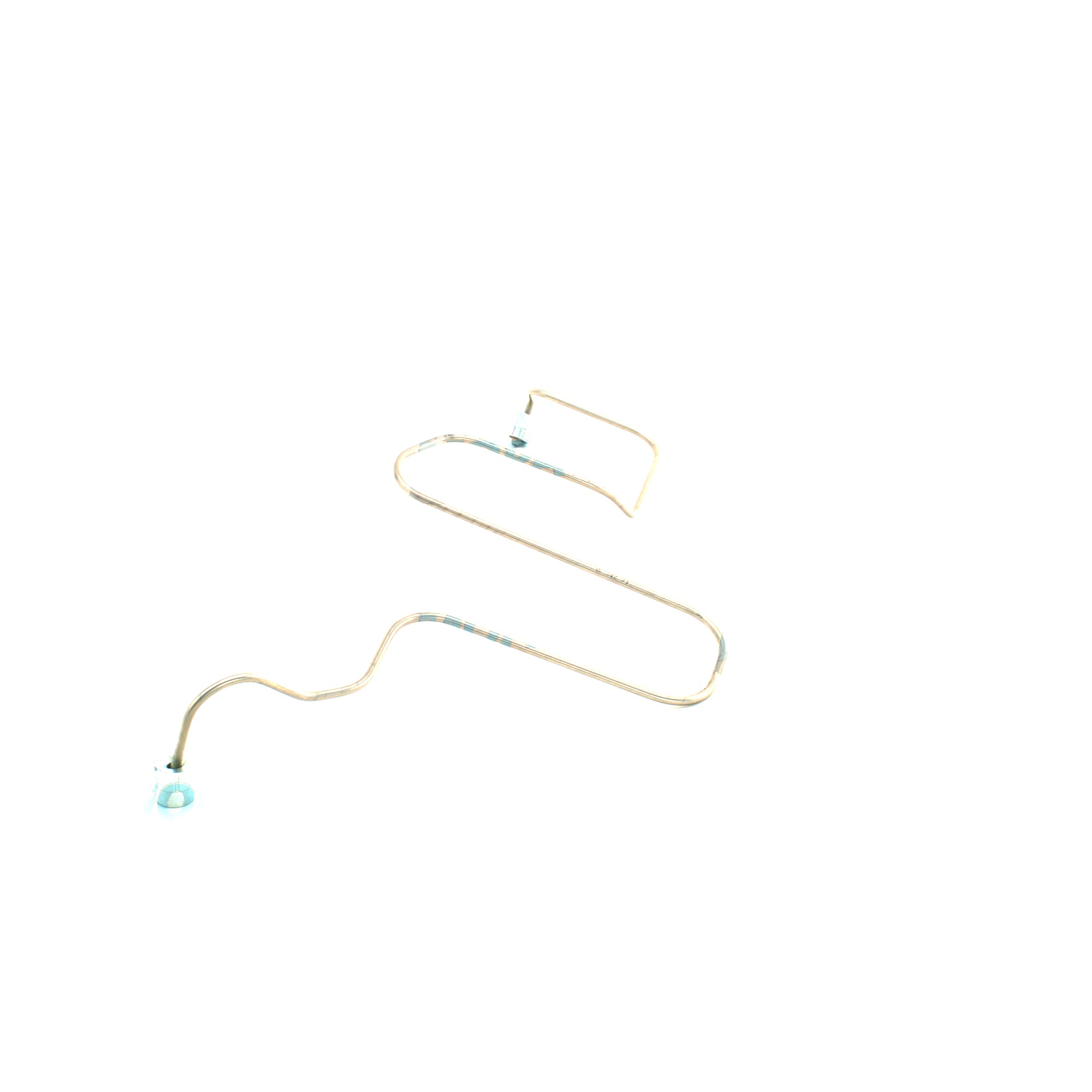HIGH PRESSURE PIPE lines and pipes for diesel and gas engines
Lines and pipes are the vascular system of every combustion engine. From fuel delivery and lubrication to cooling water and control hydraulics, they route media safely and precisely where it is needed. In large diesel engine and gas engine installations—especially in marine engine applications—this network includes rigid tubes, flexible hoses, and the critical HIGH PRESSURE PIPE assemblies that feed injectors and actuators. Without robust, correctly specified lines and pipes, even the most advanced power unit cannot achieve stable performance, clean combustion, or safe operation.
Technical function of HIGH PRESSURE PIPE lines and pipes
In a diesel engine, a HIGH PRESSURE PIPE connects the high-pressure pump or common-rail accumulator to each injector. It must retain shape and volume under pulsating pressures that can exceed 1,600–2,500 bar, keeping pressure waves synchronized so that injection timing and quantity remain exact. In a marine engine, these pipes often run over long distances and across vibrating structures, which makes dimensional stability, wall thickness, and support geometry decisive for durability and emissions control.
Beyond fuel injection, the “lines and pipes” category covers low- and medium-pressure circuits—lube oil supply and return, coolant transfer, charge-air, start-air, and hydraulic actuation. Each sub-system uses dedicated materials and joining technologies: seamless alloy steel for fuel HIGH PRESSURE PIPE segments, stainless steel (e.g., 316/316L) for cooling water and gas engine fuel, CuNi 90/10 or 70/30 for seawater service, and precision tube with DIN 2353/ISO 8434 fittings for hydraulics. Proper selection prevents corrosion, minimizes pressure drop, and resists fatigue from thermal cycles and vibration.
HIGH PRESSURE PIPE in common-rail and unit pump systems
In common-rail systems, internal volume and length of each HIGH PRESSURE PIPE are matched to the rail and injector characteristics. Any deviation alters pressure oscillation and leads to uneven cylinder loading. In unit pump/line/nozzle systems, pipe elasticity and flare geometry control the pressure ramp and injection rate. For both architectures, the sealing faces, cone angles, and surface finish are precision-critical. Using HIGH PRESSURE PIPE OEM parts maintains the engineered resonance behavior that the control strategy expects.
Ancillary engine lines: oil, water, air, and gas
Oil and coolant lines must maintain flow under dynamic loads while resisting erosion and cavitation at bends. Air and gas lines demand leak-tightness to avoid safety hazards and efficiency losses. Marine engine installations often add double-sheathed fuel lines with leak-off detection and flame shielding near hot surfaces, as well as epoxy-coated or passivated tubes to combat salt-laden atmospheres. Correct support spacing, cushioned clamps, and expansion loops protect every line and pipe from fretting and thermal growth.
- · Precise media delivery under pressure and pulsation.
- · Materials matched to fuel, oil, water, air, or gas service.
- · Engineered lengths and volumes for injection accuracy.
- · Corrosion resistance for marine environments.
- · Vibration-optimized routing with certified clamps.
- · Leak-tight connections with standardized fittings.
- · Cleanliness levels that protect injectors and valves.
Importance for reliable engine operation
Lines and pipes directly influence combustion quality, component wear, and safety. A small deformation in a HIGH PRESSURE PIPE diesel engine feed can shift injection timing, raise smoke and NOx, and increase specific fuel consumption. A pinhole leak atomizes fuel into a fine spray—an ignition hazard on hot surfaces. Corrosion pitting or under-clamp fretting can nucleate cracks that propagate under pressure pulses. In cooling circuits, deposits and rough internal surfaces elevate pressure drop and local temperatures, accelerating liner and head degradation. Hydraulic control lines contaminated with particles cause sticking valves, poor timing, and unplanned stops.
Typical failure modes include fatigue cracks at unsupported spans, improper flare torque leading to micro-leaks, galvanic corrosion at dissimilar joints, and loss of clamping after thermal cycles. Maintenance teams should monitor for wetness, discoloration, pressure decay, and unusual odor, and follow torque and replacement intervals specified by the engine maker. Proactive renewal of critical lines and pipes prevents downtime, environmental incidents, and secondary damage to injectors, pumps, and bearings.
Advantages of OEM spare parts suitable for Lines and pipes
Selecting OEM spare parts for the lines-and-pipes category safeguards engine performance and lifecycle cost. Dimensional fidelity, metallurgy, and heat treatment are tuned to the engine’s dynamic loads, ensuring that each HIGH PRESSURE PIPE marine engine assembly behaves exactly as the fuel system calibration requires. Cleanliness, surface roughness, and seat geometry protect precision components from erosion and leakage.
OEM spare parts provide traceable materials and validated processes—pulse testing, hydrostatic proof testing, and non-destructive inspection—that underpin safety on board and in power plants. Their consistent bend radii, wall-thickness control, and end-connection tolerances reduce installation time and rework. Over the long term, proper fit and durability lower total cost by avoiding premature failures, collateral damage, and repeated alignments.
- · Engineered fit preserves injection timing and quantity.
- · Verified pressure-pulse fatigue for high-load cycles.
- · Corrosion-resistant alloys and coatings for marine duty.
- · Certified cleanliness protects injectors and valves.
- · Accurate flare/seat geometry prevents micro-leaks.
- · Faster installation with correct lengths and bends.
- · Better lifecycle economics through stable performance.
MOPA as your partner for HIGH PRESSURE PIPE OEM parts and Lines and pipes
MOPA supports purchasers, shipowners, and technical decision-makers with rapid sourcing of OEM parts for diesel and gas engines. Our portfolio covers HIGH PRESSURE PIPE assemblies, fuel leak-off lines, lubrication and cooling water pipes, hydraulic control lines, and accessories such as clamps, fittings, and heat shields. We emphasize speed, quality, and security in every transaction—accurate cross-referencing of part numbers, material certificates on request, and logistics solutions aligned to dry-dock or vessel-in-port schedules.
Whether you require pre-bent, engine-specific tubes or standard lengths for project refits, MOPA helps you reduce risk and commissioning time by supplying components that match the engine builder’s specifications. This approach protects performance, supports safe operation, and simplifies maintenance planning.
Conclusion
Lines and pipes—especially each HIGH PRESSURE PIPE in fuel injection—are foundational to engine efficiency, emissions control, and safety. Specifying OEM spare parts suitable for this category preserves engineered performance, reduces downtime, and extends service life in both marine and land-based applications.
Partner with MOPA to source the right components quickly and confidently, keeping your diesel engine or gas engine assets operating at peak reliability.






